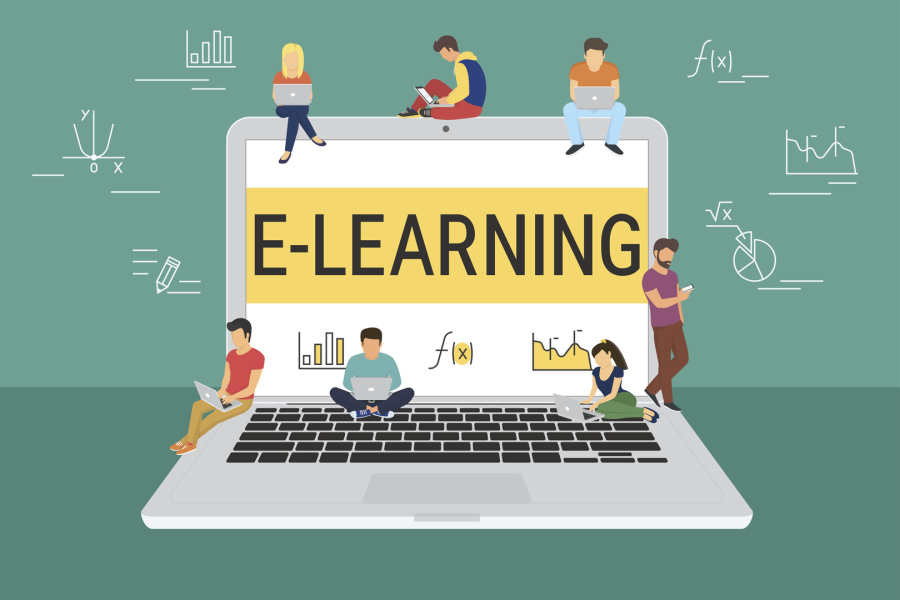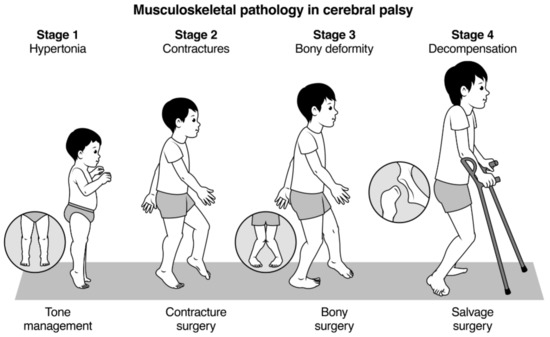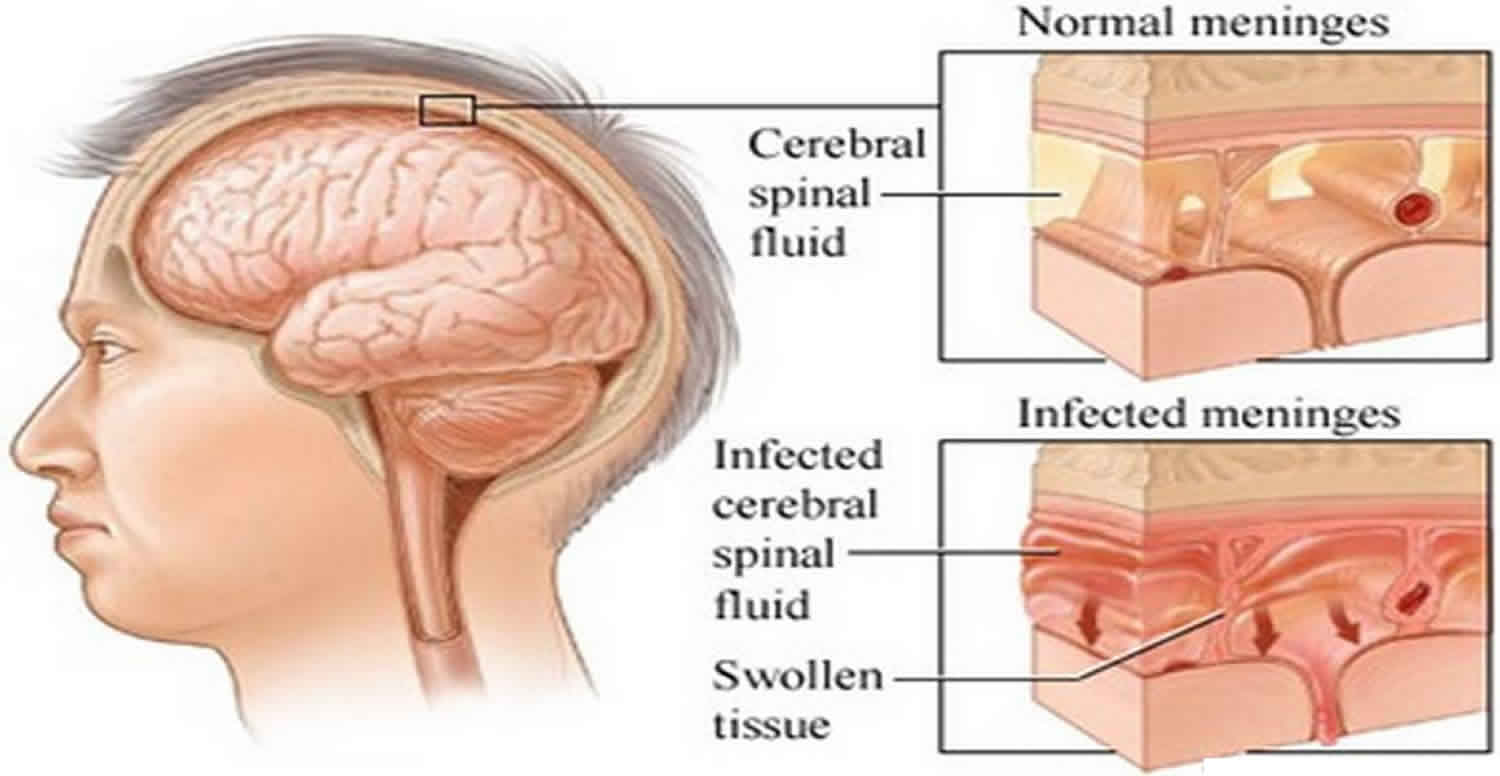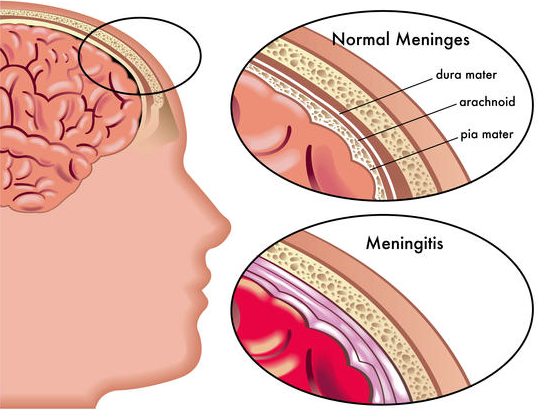The benefits of E-learning

The benefits of E-learning
Research question: What are the benefits of E-learning to student and educational institutions?
Working thesis
E-learning has been of much importance as an aid to studying to both the students and educational facilities. It helps change the personal progress of students and also adjusts to students, strengths, and weaknesses. It is always available anywhere and anytime when the need arises this motivates the students making them more engaged and interactive. Some E-learning facilities offer students with real-life facts, hence making them obtain knowledge rather than memorizing the content and also increases their confidence. Educational institutions can provide learning materials at any time apart from class hours. Library services are also made online which reduces congestion during critical periods such, as exam time. (The benefits of E-learning)
Al‐Qahtani, Awadh AY, and Steven E. Higgins. “Effects of traditional, blended and e‐learning on students’ achievement in higher education.” Journal of Computer Assisted Learning 29.3 (2013): 220-234.
The authors try to compare traditional, blended and e-learning educational systems and their benefits to students and learning institutions. It includes the benefits of distant education which were indicated in (Al-Dabbassi, 2002 and Ismail, 2003). E-learning is always chosen as the best options in a vast of education styles considering its benefits and advantages which are also included in this book. As an aid to the research, the information from this book will help realize the different benefits of applying e-learning in the world of education.
Anderson, Terry. The theory and practice of online learning. Athabasca University Press, 2008.
Anderson tries to show the operation and philosophies behind e-learning and involves different experiments in laboratories.(Anderson, 92) He says that the technologies that existed and the one emerging about e-learning have the profound influence in the education system and those who feel the change mostly are the teaching professionals. The e-learning program has changed the designing and delivery of courses and programs. The author says that different professional have credited e-learning in that it has brought effective response and accelerated global competition in the education system ( Daniel, 2000). From this book, the research will involve questions like, has e-learning delivered as expected?
Arkorful, Valentina, and Nelly Abaidoo. “The Role of E-learning, the Advantages and Disadvantages of Its Adoption in Higher Education.” International Journal of Education and Research 2.12 (2014): 397-410. Web.
The author considers the world as a complex place with a lot of emerging issues that were not there some years back. One of the major transformation is the importance of education and the realization that it is an essential factor in addressing society and life issues. By making people literate and knowledgeable. The role, importance and the shortcomings of introducing the e-learning program into the education world are addressed in this paper.
Bernsteiner, Reinhard, Herwig Ostermann, and Roland Staudinger. “Facilitating e-learning with social software: Attitudes and usage from the student’s point of view.” International Journal of Web-Based Learning and Teaching Technologies (IJWLTT) 3.3 (2008): 16- 33.
Reinhard explores how social software tools can be used in supporting learning innovations, and the overall designing of instructions to create an academic self-organized learning. It involves how weblogs, discussion forums, and wikis can be used in the learning context. It also includes results of the importance of the social software tools in learning from the students’ views and conclusion that the tools are critical in transforming learning.
Beetham, Helen, and Rhona Sharpe. Rethinking pedagogy for a digital age: Designing for 21st- century learning. Routledge, 2013.
The article focuses on how technology has enhanced learning in high education, how technology has been designed to an active learning environment, it has analyzed how involved and complex learning environments have been explored and made simple, the challenge facing teachers in the development and the tools to guide them practice. In the research information above is important in creating a simple to understand e-learning environment.
Donnelly, Roisin, and Fiona McSweeney. Applied E-Learning and E-Teaching in Higher Education. Hershey, Pa: Information Science Reference, 2009. Print.
The books focus on the technological advancements that have to occur over the past few years the increase in demand for digital learning such as the use of the web. E-learning and E-teaching have been applied in the education system and created an interactive environment making the teachers and students realize how important it is to integrate the technology in a classroom.
Ellis, Robert, and Peter Goodyear. Students’ experiences of e-learning in higher education: the ecology of sustainable innovation. Routledge, 2013.
Ellis tries to show the self-correcting mechanisms which are related to the virtual and e- learning; the different benefits student get in high education institutions that apply this mode of learning. He tries to compare students from other agencies that do not provide these social arrays of e-learning and those that have this facility, the disadvantages, and benefits. It is critical to the research since for me to identify the benefits of e-learning I must consider institutions with no virtual tools of study.
John, Gurmak Singh, John O’Donoghue, and Harvey Worton. “A Study Into The Effects Of Elearning On Higher Education.” Journal of University Teaching and Learning Practice (2014): n. pag. Web.
The article explores how the internet has been used by the society not only to acquire knowledge and information, but it has also been used to reconstruct the high education system particularly in the field of interaction and to obtain the reading materials. The utilization of the internet to initiate learning processes has created high hopes both in the business and the high education sectors.
Lee, Ming-Chi. “Explaining and predicting users’ continuance intention toward e-learning: extension of the expectation–confirmation model.” Computers & Education 54.2 (2010): 506-516.
Lee explores how the e-learning system has been deployed at different levels of education and afterward the e-learning system is no longer used. He states that it is common for many institutions to initially accept the system though have no long term intentions of using the system. The paper contains theories and models that can be used to predict the intension of using e-learning in future. They are predictions that mostly reflect the attitude and normal behavior and constructs implications at the end of the forecast.
McPherson, Maggie, and Miguel Baptista Nunes. “Organisational issues for e-learning: Critical success factors as identified by HE practitioners.” International Journal of Educational Management 20.7 (2006): 542-558.
Maggie’s paper focuses on critical success factors for e-learning introduction in the high education system, and it is a part of a report on a project. The importance of e-learning in the field of decision making and the strategy implementation are seen in this paper. It also focuses on essential elements that need to be looked into to make the process more useful.
Njenga, James Kariuki, and Louis Cyril Henry Fourie. “The myths about e‐learning in higher education.” British journal of educational technology 41.2 (2010): 199-212.
The paper focuses on the myths that are related to the e-learning development and terms e-learning aspect as techno positives. In the journal e-learning introduction to the high education is seen be driven by those who want to benefit from this exercise and have personal agendas and they continuously create the enthusiasm. There are little time and chance given to the education system to look at the advantages and disadvantages of the e-learning.
Paechter, Manuela, Brigitte Maier, and Daniel Macher. “Students’ expectations of, experiences in e-learning: Their relation to learning achievements and course satisfaction.” Computers & Education 54.1 (2010): 222-229.
This book focuses on education technological advancement within the past decade, many details on distant education and e-learning and which may be used as a methodology for decision making. It gives more information on emerging trends in distant education specialization and convergence. Distance education as explained in this book is when students study on their own at any place of choice with no contact with a teacher and therefore technology is critical explaining why e-learning is important in distant education especially the use of the Internet and World Wide Web. Online forums enabled by e-learning, allows discussion and reflection at different time and place making learning efficient. Through the research, the content in this book will aid in identifying the problems in education before e-learning and its benefits after.
Salmon, Gilly. “Flying not flapping: a strategic framework for e-learning and pedagogical innovation in higher education institutions.” ALT-J 13.3 (2005): 201-218
Salmon views e-learning that is extra ordinary since it was born but now it has created many changes in different systems, and it is itself still undergoing changes It has improved the learning and teaching system and has promoted sustainable innovations. This paper shows attempts on how possible it is to use sophisticated strategies to bring new stage of development of e-learning in various universities. The author says that introducing e-learning in the education system was like a transition from flapping to actual flying. He quotes, “E-learning is a complicated process and involves personal and institutional changes above technological provisions (Zentel et al., 2004)”. From this article, I will include in the research the transformations that can be introduced in the e- learning program to make it more beneficial.
Sharpe, Rhona, and Greg Benfield. “The Student Experience of E-learning in Higher Education: A Review of the Literature.” Brooks EJournal of Learning and Teaching 1.3 (2005): n.
The paper involves a discussion on the experience of using e-learning to see the areas that are worth future investigations. It covers common themes from the experience of using the virtual tools and come with the results of this exposure. Mostly, it concentrates on emotional experience and if the e-learning has been of aid in time management.
Wagner, Nicole L., Khaled Hassanein, and Milena M. Head. “Who is responsible for e-learning success in higher education? A stakeholders’ analysis.” Educational Technology & Society 11.3 (2008): 26-36.
The paper focuses on the high need for distant education, and these many high education institutions are striving to apply the e-learning method. An institution may be encouraged to adopt e-learning due to different reasons discussed in this paper. However, some systems have failed to input e-learning, and the factors were causing success or failure of the implementation are widely addressed in this article. (The benefits of E-learning)
Where I got my sources
The internet, most of the article and books I got from the internet Google scholar. Some journals I obtained from the libraries like the journal about students experience on e-learning was from Jommo Kenyatta university library. The book about open learning and distant education, I googled one of the British E-library. Other articles are PDF papers obtained from personal and organizational sources like www.ijern.com/journal/2014/…/34. ,and “cas.msu.edu/…/E-learning-White-Paper_…” By Jennifer Olson Michigan state university and “jutlp.uow.edu.au/…/ pdf/odonoghue_003. …” by Gurmak Singh university of Wolverhampton.









 Chlamydia infection can manifest with a wide range of signs and symptoms, although many individuals infected with Chlamydia trachomatis remain asymptomatic, especially in the early stages of infection. When symptoms do occur, they typically appear within 1 to 3 weeks after exposure to the bacterium.
Chlamydia infection can manifest with a wide range of signs and symptoms, although many individuals infected with Chlamydia trachomatis remain asymptomatic, especially in the early stages of infection. When symptoms do occur, they typically appear within 1 to 3 weeks after exposure to the bacterium.


